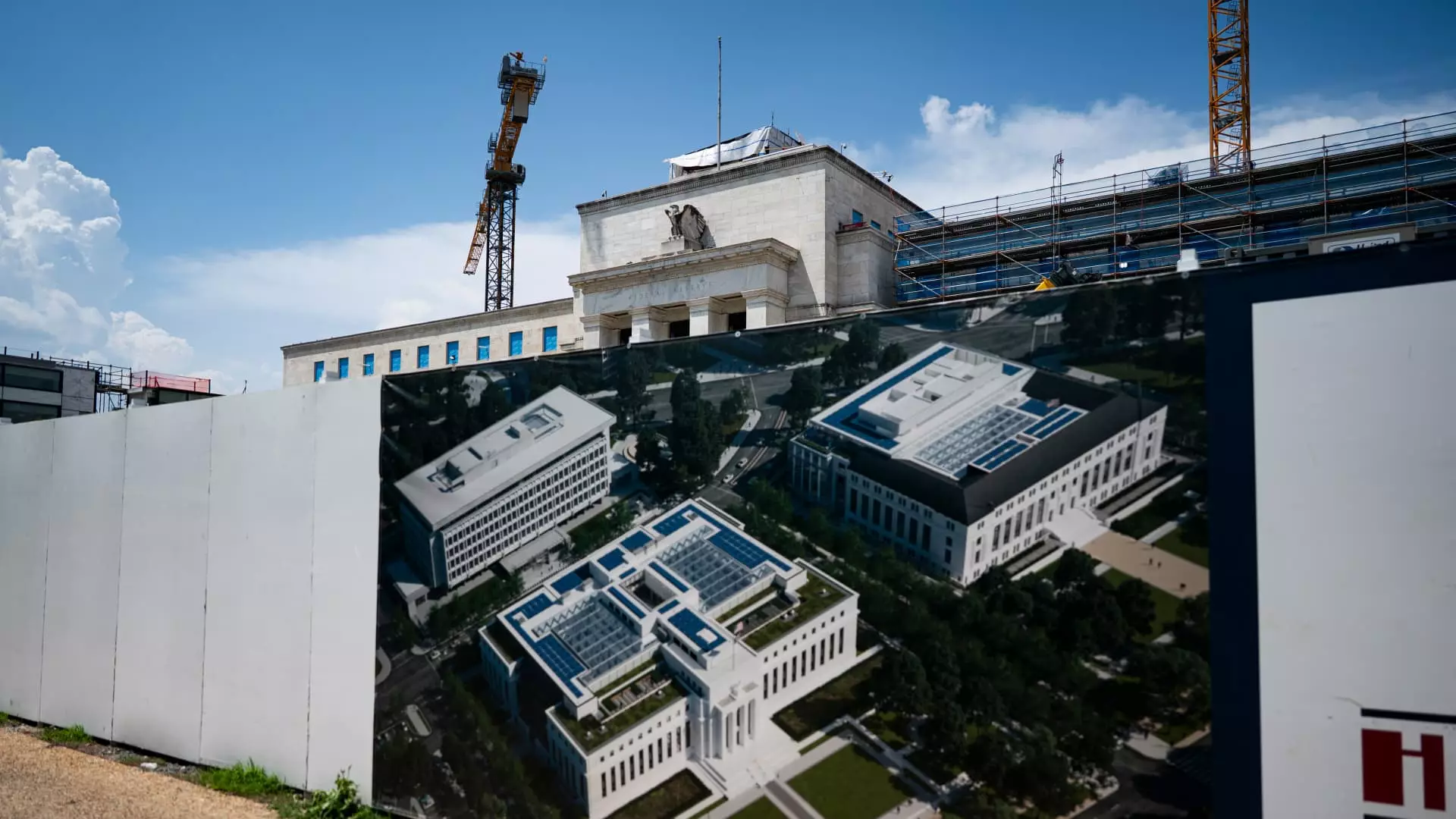The recent scrutiny of the Federal Reserve’s ambitious building expansion reveals more than just budget overruns; it exposes fundamental questions about accountability within a powerful institution that operates with significant independence from Congress. The Fed’s decision to undertake this $2.5 billion project, which has now come under fire from both political figures and the White House, underscores ongoing tensions about transparency, fiscal discipline, and the role of oversight in a complex financial ecosystem.
Critics argue that, as a quasi-public entity, the Fed’s expenses should be subjected to more rigorous governmental examination. The fact that the project’s costs ballooned without apparent Congressional approval promotes doubts about whether the institution is operating beyond scrutiny. Herbert Hoover once emphasized the importance of government accountability, but the Fed’s operational independence, while safeguarding monetary policy, complicates oversight mechanisms. This situation raises critical questions: Are we comfortably accepting unchecked spending at the same time that the economy faces significant uncertainties? Or, is this project an unavoidable necessity masked by public relations spin?
The invocation of the inspector general, an ostensibly neutral authority charged with rooting out fraud and waste, highlights the gravity of the situation. However, the mere fact that such review is considered necessary suggests that internal oversight within the Fed might have been lacking or insufficient. This gap calls into question our collective confidence in institutions that hold immense influence over the nation’s financial stability but are shielded from the checks and balances typical of elected bodies.
Fiscal Prudence in a Post-Crisis World: Myth or Reality?
The vehement criticism by political figures like Russell Vought, and even President Trump, hints at a broader ideological divide about government spending. The comparison of the Fed’s buildings to the Palace of Versailles is not merely hyperbolic; it reveals a perception of excess at a time when many Americans are grappling with economic hardship. It’s contentious because it conflates the Fed’s internal building project—a technical and safety necessity—with broader issues of fiscal mismanagement.
The Fed’s response, emphasizing that the renovations address safety concerns and modernize aging infrastructure, offers a pragmatic perspective. Yet, this acknowledgment doesn’t quell the suspicion that the project could have been managed more efficiently or transparently. Building upgrades are essential from a safety standpoint, but transparency about the decision-making process, especially regarding scope and costs, would foster greater public trust.
What stands out is the irony: while the Federal Reserve is often criticized for printing money and intervening in markets with little congressional oversight, its own infrastructure project appears to lack the same degree of accountability. If the very institution supposed to steward the nation’s monetary policy can overspend with impunity, it’s a stark statement about the perils of unbridled institutional power. Such perceptions threaten the legitimacy of the Fed, which relies heavily on its reputation as a neutral arbiter of economic stability.
The controversy surrounding the Fed’s building expansion is emblematic of deeper issues about oversight, fiscal responsibility, and public confidence. It challenges us to rethink the assumptions about independence and transparency, especially in an era where trust in institutions is more fragile than ever. The real lesson may be that even the most powerful bodies must be held accountable, lest their actions fuel suspicion and undermine the very stability they aim to preserve.

